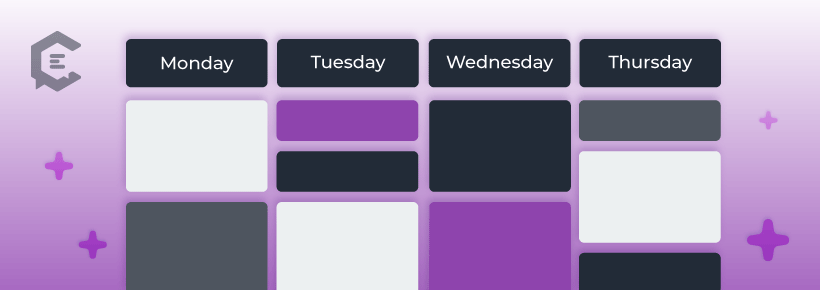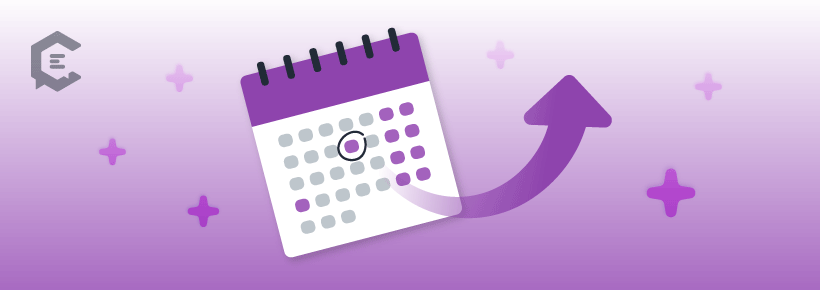Lindsay Tigar is a travel and lifestyle journalist who built her career remotely while exploring more than 23 countries for two years. Today, she has a home base in Boston, but continues to travel once to twice a month on assignment for various publications including Travel + Leisure, National Geographic and many others. Every Sunday, she provides curated tips on how to maintain a healthy work and life balance, and how to do it all, no matter what zip code you call home… this week. You can follow her work at lindsaytigar.com.
After maintaining a full-time job and a side hustle for more than three years, I finally made the bold decision to step out all by my bad self. Two years — and many, many lessons later, I’ve curated a bustling freelance career that includes article assignments, content marketing consulting, SEO writing, ghostwriting and more.
I feel lucky to be among those wordsmiths who have surpassed the six-figure mark, and I wake up (most) days feeling refreshed and excited for the research ahead of me. Did I also mention I balance a busy social life, a workout routine and jet-setting at least once a month?
To keep myself sane, I have one secret: I only work four days a week. That’s right, I manage to file more than 60+ stories every month, and yet, I complete those bylines in a condensed week.
Truth be told, this wasn’t always how I managed my career and workflow. In the beginning, I worked around the clock, and there are some weeks today where the same is true. But over time, I realized how important it was to set boundaries for myself. Not only did this lower my stress levels, but having something to look forward to on my day off — no matter if it was a Tuesday, Friday or otherwise — made me more productive.
It’s something career expert and legal writer Wendi Weiner relates to since there is no one-size-fits-all model for a freelancer’s schedule:
As a business owner and entrepreneur, I’ve found myself working odd hours during the week — spanning from 6 a.m. up past 11 p.m. when I have a major deadline. As a result, the notion of working smarter not harder comes into play. You lose the ability to enjoy the freedom of being your own boss since you are constantly hustling because you don’t have the steady paycheck.
So how can you tame the anxiety that bubbles up when you’re actually logged out of email and catching up on Netflix? Or — dare we say it — on a vacation with a good ‘ole fashioned out-of-office?
Here’s how to move to a four-day workweek:
Create a block schedule
Raise your hand if you have ever been personally victimized by your own email inbox. My hand is up high in the air since, when I’m procrastinating writing a story, there is nothing more distracting than reading emails. However, this major time-suck can count into my performance, which makes me very strategic about the energy I give my Gmail.
I check out messages first thing in the morning and respond to all, then again once at lunch, and another right before I clock out.
Weiner swears by this time-blocking strategy too, since it gives room to focus on creativity and the writing process. It also sends a clear message to editors, clients and friends:
Allowing yourself those blocks of time makes it easier for others to understand boundaries that you put in place. This allows you to also be more productive and have your ‘me’ time to get the work cranked out. It’s really about how you manage your time: perhaps you do client calls on Mondays and Wednesdays only, and do consultation calls or pow-wows with corporate clients on Tuesdays and Thursdays.
However you space it out, give yourself permission to stick to your own rules and meet those deadlines like a boss.
Turn off all distractions
When people hear that I traveled non-stop for nearly two years and doubled my career, they’re often shocked. One of the biggest questions I’m asked is about how I stay on task when the world is so distracting.
In truth, switching addresses takes a toll mentally and physically but the intrigue of seeing a new place is what keeps me focused. In fact, being in a different time zone means all of my contacts are sleeping while I’m working, which allows me to pace faster.
When I’m back home in Boston, I wait to reply to texts — unless urgent — until I’ve finished pending deadlines. I also click out of and turn off notifications for Facebook, Instagram, Slack and WhatsApp. When temptation isn’t there, trust me, it’s easier.
Front-load tasks
If you look into the habits of the planet’s most successful entrepreneurs, you will find they are highly selective about what they focus on, depending on the time of day.
In fact, folks like Steve Jobs and Sheryl Sandberg report they’re early risers who capitalize on fresh brain energy in the wee hours of the morning. Regardless of when you’re at your best, Weiner says to front-load your work to optimize your flow.
This can be done through various lists that highlight the non-negotiable tasks and the time-sensitive ones. Then, look at your week and figure out what days you can work longer hours so you can take a day off in the mix.
Plan your day off a week before
Most of the time, I choose to take off Fridays, but sometimes, I have a fun event or a friend in town and decide to take another day instead.
No matter what, though, I always decide a week ahead. This allows me to structure everything else — dates with my partner or his work events, happy hours with my friends, workout classes, doctor appointments, etc. — since I know when I’ll be away from work.
Bottom line? With a bit of planning and some flexibility, you can make the magic happen on a shorter time frame.
And hey, maybe even go away for the weekend? We suggest something beachy and warm!








